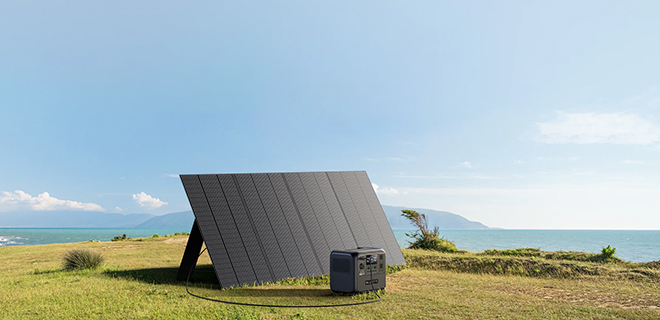What maintenance is required for an MPPT solar charge controller?
Mar 14, 2024
Maintaining an MPPT (Maximum Power Point Tracking) solar charge controller is relatively straightforward and typically involves routine checks and occasional maintenance tasks to ensure optimal performance and longevity. Here are some maintenance activities commonly recommended for MPPT solar charge controllers:
Regular Inspections: Conduct visual inspections of the MPPT controller and associated wiring to check for any signs of damage, corrosion, loose connections, or overheating. Address any issues promptly to prevent further damage or safety hazards.
Cleaning: Keep the surface of the MPPT controller clean and free from dust, dirt, debris, and other contaminants that can accumulate over time. Use a soft brush or cloth to gently remove any buildup, being careful not to scratch or damage the controller.
Firmware Updates: Periodically check for firmware updates released by the manufacturer of the MPPT controller. Updating the firmware can improve performance, add new features, and address any known issues or vulnerabilities. Follow the manufacturer's instructions for downloading and installing firmware updates safely.
Battery Maintenance: Monitor the condition and performance of the batteries connected to the MPPT controller regularly. Check the battery voltage, state of charge, electrolyte levels (for flooded lead-acid batteries), and overall health. Perform equalization or maintenance charging as needed to prevent sulfation and prolong battery life.
Temperature Monitoring: Keep an eye on the temperature of the MPPT controller during operation, especially in hot or humid environments. Ensure that the controller remains within its specified operating temperature range to prevent overheating and potential damage to internal components.
Ventilation: Ensure adequate ventilation around the MPPT controller to dissipate heat effectively and prevent thermal buildup. Avoid installing the controller in enclosed or poorly ventilated spaces where heat can accumulate, which may adversely affect its performance and reliability.
Protection Against Environmental Factors: Take measures to protect the MPPT controller from environmental factors such as moisture, humidity, rain, snow, dust, and direct sunlight. Install the controller in a suitable enclosure or mounting location to shield it from the elements and minimize exposure to harsh weather conditions.
Regular Testing: Perform periodic testing and performance checks of the entire solar PV system, including the MPPT controller, solar panels, batteries, and loads. Verify that the controller is operating correctly, charging the batteries efficiently, and maximizing the power output from the solar array.
Documentation and Record-Keeping: Maintain detailed records of maintenance activities, firmware updates, system performance data, and any issues or anomalies observed. Keep documentation organized and easily accessible for future reference and troubleshooting purposes.
By following these maintenance guidelines, you can ensure that your MPPT solar charge controller operates reliably and efficiently, contributing to the overall performance and longevity of your solar PV system.
Keyue is a professional technology enterprise integrating one-stop production, R&D, sales, and OEM/ODM. The main products include solar micro-grid inverters, solar controllers, small solar systems, solar lamps, convenient outdoor energy storage power boxes, photovoltaic panel charging piles, folding photovoltaic panels and other new energy products.

